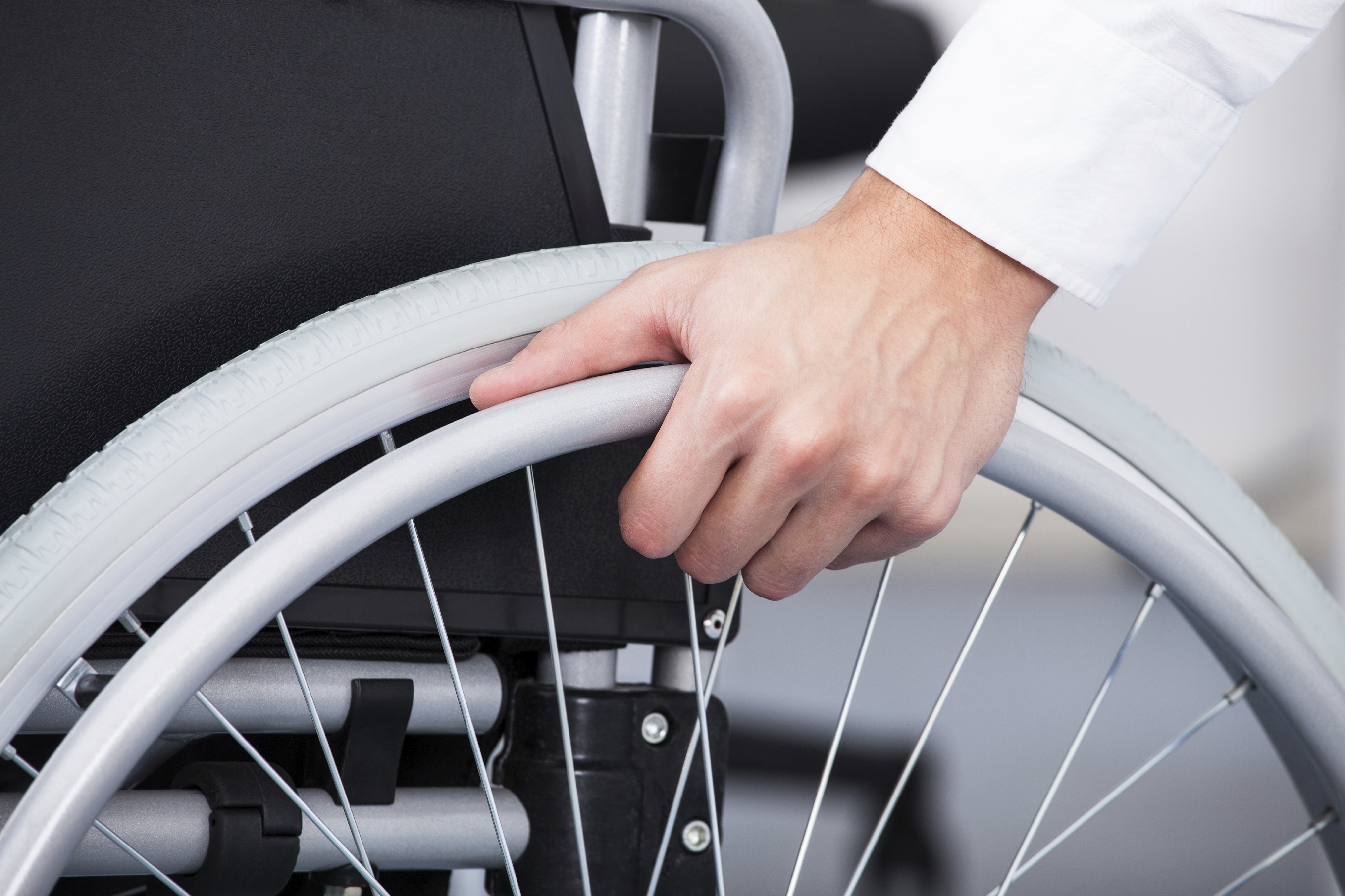Platforms lifts and how they benefit people
Contents |
[edit] Introduction
Platform lifts allow a platform to rise up and down and are often installed in homes to enable independent living. They can be fitted indoors and outdoors and offer access where passenger lifts cannot be installed.
Platform lifts fall under the Machinery Directive, which means they travel at 0.15 m/s or less. Their slow speed means they are generally only used in low-rise buildings. Platform lifts are cost-effective and easy to install, and are popular as lifts for people with disabilities.
[edit] Types of platform lifts
There are several types of platform lift, each capable of being used in a variety of settings and applications.
[edit] Step lift (or low rise vertical platform lift)
These lifts can be installed on the side of a step or steps and help to move the user to another level, leaving the stairs clear.
[edit] Inclined stair lift
The inclined stair lift refers to a level platform secured to a diagonal rail on a staircase. The aim of this lift is to carry a wheelchair and travel from ground level to an upper level, leaving the steps clear. These lifts are available in many different designs, so they can be installed virtually anywhere, including offices and homes. They can be placed in straight or curved staircases with several landings or turns.
[edit] Vertical platform lift
These types of lifts are typically self-supporting structures secured to a wall. They are versatile, so they can be customised to existing designs or aesthetics. They can also be enclosed, allowing passengers to travel up and down a tube.
[edit] Uses
Platform lifts are commonly used to improve access to a building or level:
- The transport of people with physical disabilities who find it difficult or impossible to use stairs. This includes people with limited mobility or visually impaired.
- The ability for people with injuries to have access to different levels. For example, transporting an injured person down a flight of stairs can be a challenging or impossible task, whereas platform lifts grant easy access to medical personnel, equipment and people that need medical attention or have been injured.
- Families with children, pushchairs or prams can benefit from a platform lift.
- Moving goods and merchandise, especially if it weighs more than what can be comfortably carried by hand, is easy with a platform lift. They also offer safety, as it can be easier to control health and safety risks when the heavy goods are transported with a machine.
[edit] Benefits
Platform lifts offer many benefits in both commercial and residential buildings and, especially, to people living with disabilitie:
- Efficiency: A platform lift can carry a lot of weight while retaining its speed and safety. They are also energy-efficient, as they don’t consume large amounts of energy.
- Safety: Platform lifts are significantly safer than staircases when it comes to transporting people between floors.
- Independence: A platform lift can help people to remain independent in their own homes, as it allows easy access to different levels of the home.
- Confidence: They provide safety and stability to users when on the move; and their features protect users from accidents and injuries.
[edit] Related articles on Designing Buildings Wiki
- A Brief History of Lifts Over the Years.
- Considerations When Installing a Residential Lift.
- Disabled access lifts
- Different Types of Lift Doors
- How to Install a Stairlift
- Lifts.
- Lifting platform.
- Low Pit Lifts.
- The importance of service lifts.
- The science of lifts.
- The world's fastest lifts.
- Wheelchair platform stairlifts.
--Nathan Massey 10:13, 05 Jul 2017 (BST)
Featured articles and news
The Building Safety Forum at the Installershow 2025
With speakers confirmed for 24 June as part of Building Safety Week.
The UK’s largest air pollution campaign.
Future Homes Standard, now includes solar, but what else?
Will the new standard, due to in the Autumn, go far enough in terms of performance ?
BSRIA Briefing: Cleaner Air, Better tomorrow
A look back at issues relating to inside and outside air quality, discussed during the BSRIA briefing in 2023.
Restoring Abbotsford's hothouse
Bringing the writer Walter Scott's garden to life.
Reflections on the spending review with CIAT.
Retired firefighter cycles world to raise Grenfell funds
Leaving on 14 June 2025 Stephen will raise money for youth and schools through the Grenfell Foundation.
Key points for construction at a glance with industry reactions.
Functionality, visibility and sustainability
The simpler approach to specification.
Architects, architecture, buildings, and inspiration in film
The close ties between makers and the movies, with our long list of suggested viewing.
SELECT three-point plan for action issued to MSPs
Call for Scottish regulation, green skills and recognition of electrotechnical industry as part of a manifesto for Scottish Parliamentary elections.
UCEM becomes the University of the Built Environment
Major milestone in its 106-year history, follows recent merger with London School of Architecture (LSE).
Professional practical experience for Architects in training
The long process to transform the nature of education and professional practical experience in the Architecture profession following recent reports.
A people-first approach to retrofit
Moving away from the destructive paradigm of fabric-first.
International Electrician Day, 10 June 2025
Celebrating the role of electrical engineers from André-Marie Amperè, today and for the future.
New guide for clients launched at Houses of Parliament
'There has never been a more important time for clients to step up and ...ask the right questions'
The impact of recycled slate tiles
Innovation across the decades.
EPC changes for existing buildings
Changes and their context as the new RdSAP methodology comes into use from 15 June.


























